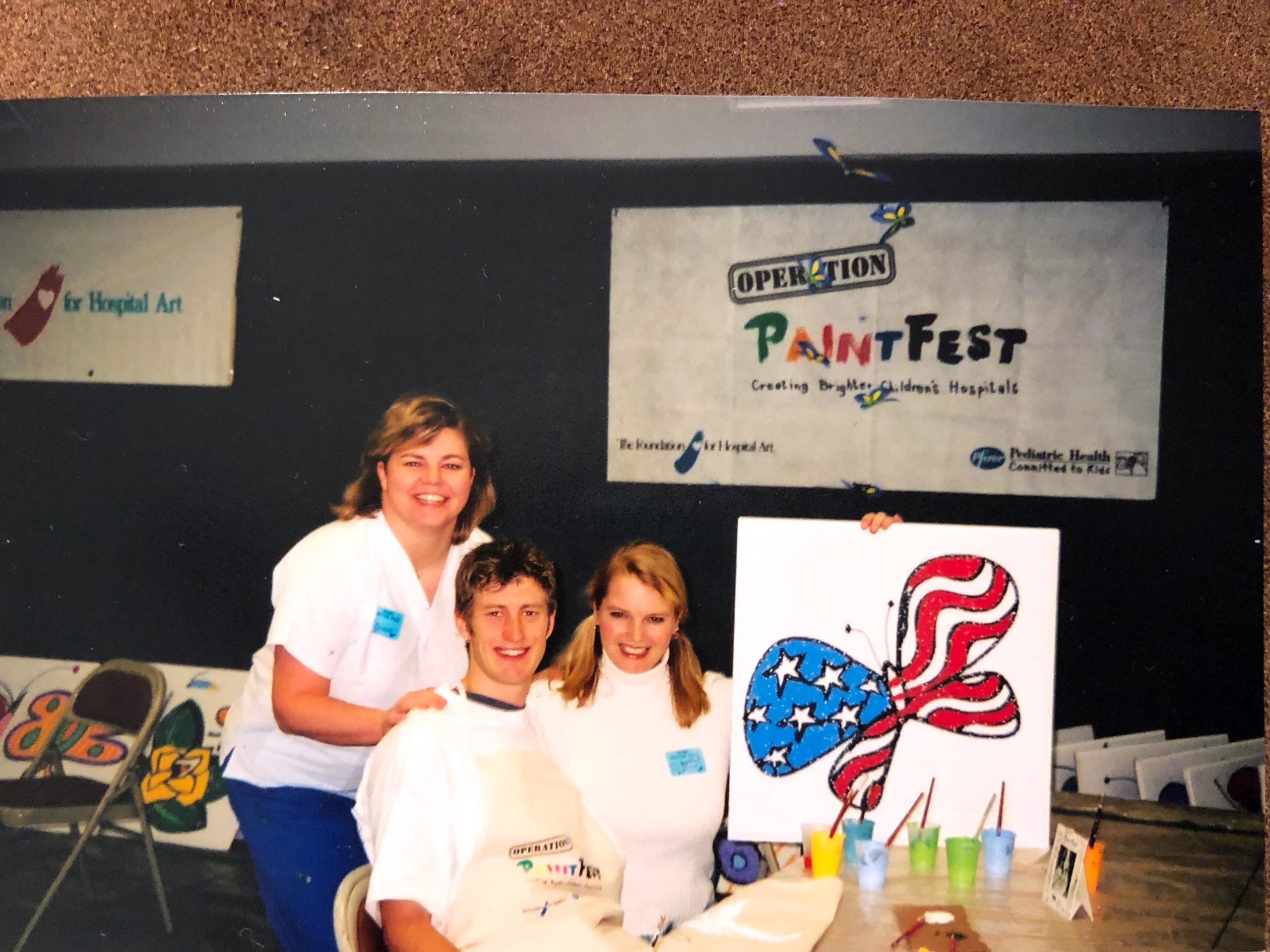When the world’s largest fund manager, Larry Fink, Chairman and CEO, Blackrock, which manages $7 trillion in investment assets, is fixated on the power of purpose to drive business success, it’s safe to say that the business case has been thoroughly vetted. “Purpose is the engine of long-term profitability,” Fink wrote in his 2020 letter to CEOs.
In today’s modern marketplace, “purpose” has become the fifth P in the marketing mix: Price, Product, Promotion, Place, Purpose. Wherever your brand is on its “purpose journey,” I can guarantee you, it’s time to take a few giant leaps forward.
Wait, What Exactly is “Purpose”?
At its essence, “purpose” is about an internal human desire to connect with others and to contribute to something greater than oneself. Tapping into purpose means tapping into intrinsic motivation.
As a business, clarifying and emphasizing “purpose” creates a North Star for intrinsic motivation—both internally and externally. Purpose becomes a galvanizing force that inspires trust, dedication, and loyalty—all of which are great for the bottom line and creating an emotional connection.
As marketers, we know the power of emotional connection to drive action. So, it should come as no surprise that purpose-driven brands are outperforming the status quo by double digits—yes, you read that right.
Why Has “Purpose” Become Such a Hot Topic?
Let’s start with brand valuation growth, a pretty solid metric for the value creation:
Brand Growth Comparisons: The growth rate over the past 12 years for brands with a high sense of purpose is 175%. Compare that to the median growth rate (86%). (Source: Kantar Consulting’s “Purpose 2020: Inspiring Purpose-Led Growth.”)
Consumer Preference: “63% of global consumers prefer to purchase products and services from companies that stand for a purpose that reflects their own values and beliefs and will avoid companies that don’t.” (Source: Accenture Strategy: “From Me to We: The Rise of the Purpose-led Brand.”)
Millennials: “42% of Millennials said they have begun or deepened a business relationship because they perceive a company’s products or services to have a positive impact on society and/or the environment. Further, 37% said they have stopped or lessened a business relationship because of the company’s ethical behavior.” (Source: “The Deloitte Global Millennial Survey 2019.”)
Yes, But Does it Work for Pharma and Medical Device Marketers?
Purpose is a universal concept and a natural opportunity for health-related brands to connect with people—all kinds of people. For example, one of the first corporate-cause partnerships I created in the pharma industry was Operation PaintFest, a long-term program in which Pfizer Pediatric Health sales reps hosted two-day painting events at children’s hospitals across America.

Pfizer sales reps brought a tremendous amount of joy to medical and hospital staff, patients, families, and volunteers (with no artistic experience) by making it fun and easy to participate in creating butterfly ceiling tiles and colorful nature scenes on canvases and huge wall murals. All of the artwork was specifically designed to create a calming effect scientifically proven to support well-being and the healing process.

Operation PaintFest was a huge success on many levels. More than 17,000 custom pieces of artwork were created and donated to 45 U.S. children’s hospitals. These fun paint-filled events created an oasis inside a typically stressful hospital experience. Not only did Pfizer’s Operation PaintFest generate 25M+media impressions, it also created a powerful relationship-building framework for Pfizer’s reps throughout the preparation for the event, during the events, and long after the events since the art forever memorialized Operation PaintFest.

The event series was so well-received that Pfizer also brought it to industry associations and in-house, hosting a team-building PaintFest at corporate headquarters for a purpose-driven employee engagement experience.

Find Your Place on the Continuum of Purpose Activation
A purpose-driven marketing approach will be different for each organization. Some brands are ready and willing to go “all in” with brand activism. Others are happy with a more subtle approach. In any case, values alignment, authenticity, and impact are key. People sniff out purpose-washing a mile away and will punish you for it. The key: Identify what your brand/organization really cares about, then create meaningful engagement around that.
Nike went all in, taking a calculated risk on brand activism with its “Just Do It” campaign starring Colin Kaepernick, “Believe in something. Even if it means sacrificing everything.” This campaign stayed true to Nike’s long-time rebellious nature and support of diverse athletes. Yes, it was controversial. It was also a successful strategy for igniting brand passion in a new generation of consumers. Did I mention it added a cool $26.2 billion to Nike’s net worth (swoon). (Source: “Brand Activism: An Interview with Philip Kotler and Christian Sarkar,” The Marketing Journal.)
Unlike Nike, most brands are in some form of transition towards being more purpose oriented. CVS Health, for example, started transforming itself into a socially conscious brand five years ago when it made the decision to stop selling tobacco products. The brand continues to make major investments in smoking and vaping cessation programs and other healthy living strategies aligned with its purpose.
OK, I’m In. Now What?
First, determine where you currently are on the continuum of authentic purpose integration. Then consider your key strategic business goals, core business capabilities, key audiences, and available assets (not just financial) in order to start developing customized purpose-driven strategies that are authentic, meaningful, and strategic.
The pharma/medical device industry must also consider two key regulatory elements. Patrick Gallagher, PhD, Partner, Duane Morris LLP, offers his guidance:
- Know what regulatory agencies (i.e., FDA, FTC) may have oversight and what regulatory framework may apply to your purpose-driven marketing campaign. Marketing and promotion for pharmaceuticals are not regulated by the FDA the same as medical devices nor are restricted medical devices regulated the same as non-restricted medical devices.
- Think through how your purpose-driven marketing campaign, and any associated promotional materials, fit within the relevant regulations for marketing and promotion. For the most part, the FDA developed its regulations with more traditional types of product-specific marketing and promotion in mind. That doesn’t mean those regulations won’t be applied to purpose-driven marketing events and materials. Make sure that plans to include good corporate citizenship in a purpose-driven marketing plan don’t get misconstrued in a way that regulatory authority may question.
So there you have it. As a pharma/medical device brand, you no longer need to shy away from building trust, loyalty, and brand value through purpose-driven strategies. It’s beyond time to tap into or expand the power of purpose to support your goals!











